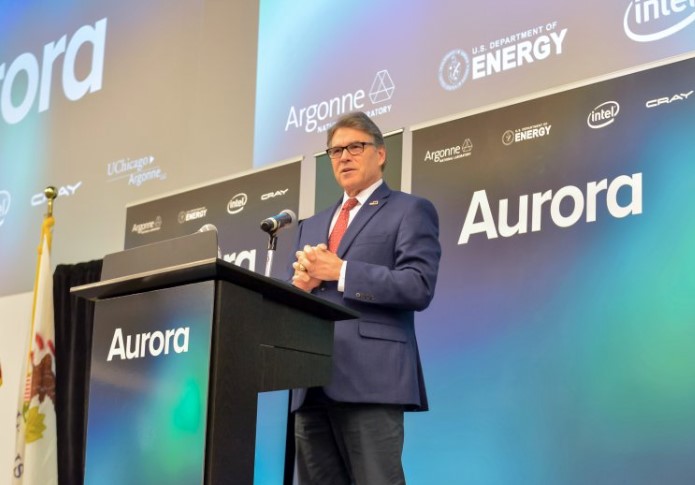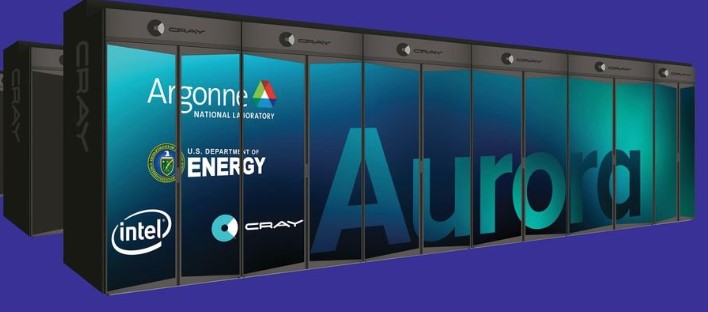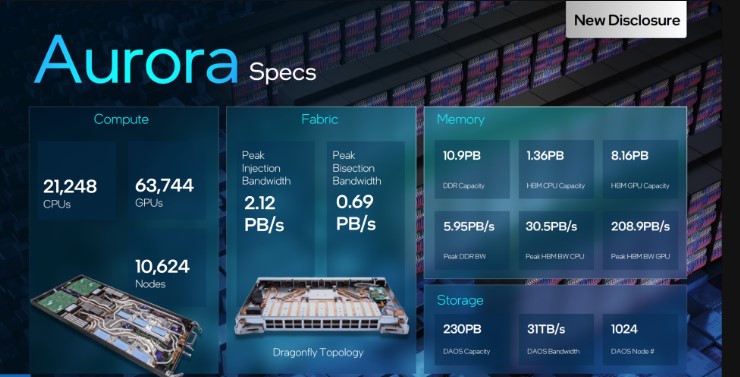Analyses
Intel has built a powerful supercomputer that will play an important role in future research

Aurora will be used for a wide range of scientific work: a physicist at Princeton’s Plasma Physics Laboratory will use the machine to study mechanisms that protect the safety of fusion reactors, a researcher at Argonne National Laboratory will study the dark side of the universe, dark matter and dark energy to map the currently little-known 95% of the universe, but it will also be used to carry out research into cancer cures, neuroscience and the design of new, lower-powered aircraft.

According to Intel, the next generation of scientific research will require extreme HPC (high-performance computing, also known as supercomputing) systems, which can only be met by newer developments.
Intel has developed the machine in partnership with Hewlett Packard Enterprise and Argonne, and it is their first large-scale system based on Intel hardware components. The Aurora is based on HPE’s Cray Shasta supercomputer architecture, which includes the latest generation of software, Intel Exascale Compute Blades, Intel Xeon CPU Max Series processors and Intel Data Center GPU Max Series accelerators. The machine’s storage system is DAOS (Distributed Asynchronous Object Storage) based, with a capacity of over 230 petabytes, and boasts outstanding CPU and GPU numbers: 21 248 Sapphire Rapids Xeon CPUs and 63 744 Ponte Vecchio GPUs.

1,012 exaflop/s performance. This is currently (officially) the second fastest computer in the world, capable of more than a trillion floating point operations per second, putting Aurora just behind the highest-capacity supercomputer, Frontier. Intel recently commissioned the machine at Argonne National Laboratory, a research centre of the US Department of Energy, and Aurora made the TOP 500 list of the world’s best supercomputers, where it was ranked second in November 2023, and has managed to retain its position this year, only this time with a much higher exaflop performance.



